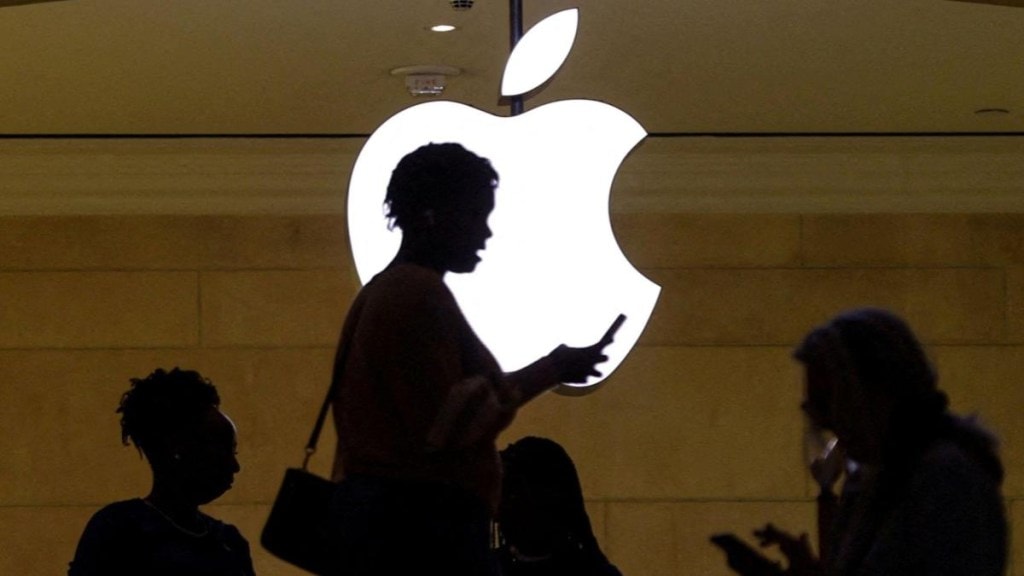President Donald Trump’s repeated threats to Apple, the latest being levying a 25% duty on iPhones assembled in India if they are sold in the US, seems set to remain on paper as it’s unlikely that the company will stop ramping up production in the country. The economics simply doesn’t support such a reversal. India has become too critical, cost-effective, and strategically valuable for Apple to backtrack, no matter the political pressure. At the heart of Apple’s India strategy is an unambiguous cost advantage.
According to trade channels, the assembly cost of an iPhone in India is around $30 per unit. Even if a 25% tariff were imposed on imports to the US, the cost would only rise to $37.5. In contrast, manufacturing the same device in the US would cost approximately $390, an increase driven almost entirely by labour, which is more than 12 times more expensive in places like California than in India. For a company that thrives on volume and tight margins, this kind of differential is impossible to ignore.
Moreover, final assembly is only a small fraction of an iPhone’s total value. For instance, on a $1,000 device, about $450 goes to Apple for its design, software, and brand. Another $400 is captured by component suppliers spread across Taiwan, South Korea, Japan, and the US. Assembly, whether in China or India, accounts for less than 3% of the value. Moving this step to the US would dramatically raise costs without adding much in terms of value. Further, the levy of the tariff would hurt US consumers hard as the retail price of a base model iPhone would go up by around 4.8% and premium models by up to 9.8% if Apple chooses to pass on the entire cost.
India’s attraction is not just economic, it’s also political and logistical. Apple began producing in India in 2020, after the government came out with the production-linked incentive (PLI) scheme for smartphones. The results have been striking. From almost nothing four years ago, India’s share of Apple’s global iPhone production has climbed to 20% in FY25, representing about 40 million units valued at $22 billion. Of this, around 32 million iPhones, or 80%, were exported to markets like the US, Europe, and West Asia. This pace of growth has been matched by a steady deepening of Apple’s footprint in India, largely through contract manufacturers like Foxconn and Tata Electronics. The US has become the largest destination for these exports. In March 2025 alone, Apple shipped $2 billion worth of India-assembled iPhones to the US.
Apple CEO Tim Cook has already signalled that a majority of iPhones sold in the US in the June quarter will be assembled in India. That’s a reflection not just of production volume but also of a broader supply chain realignment. In any case, rebuilding Apple’s sophisticated manufacturing ecosystem in the US would take at least two to three years, even with heavy government subsidies. In contrast, India has emerged as the only viable large-scale alternative to China.
The support Apple receives from India is both financial and structural. At this point, reversing course would mean rewriting a strategy that has taken years to build and is only just reaching maturity. Apple is not building in India out of convenience. It is doing so because on every economic metric that matters, India makes sense.

